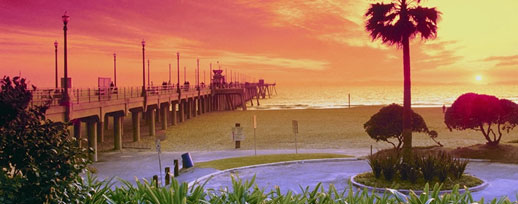
The Garden of the Master of the Nest is recognized with other classical Suzhou gardens
The Garden of the Master of the Nest is recognized with other classical Suzhou gardens as a UNESCO World Heritage Site. The garden demonstrates Chinese garden designers' adept skills for synthesizing art, nature, and architecture to create unique metaphysical masterpieces. The Master of the Nets is particularly regarded among garden connoisseurs for its mastering the techniques of relative dimension, contrast, foil, sequence and depth, and borrowed scenery. Tourists like it in China tour.

The garden is divided into three sections: a residential section, the central main garden and an inner garden. The main garden has a large pond that is surrounded by pathways and a variety of buildings such as the Ribbon Washing Pavillion, and the Pavillion for the advent of the Moon and Wind. There are many more buildings that are situated so that there is never a sense of crowding, but always of spaciousness. As is common in Suzhou gardens, the pond has a small pavilion in it. Here the pavilion is accessible by a bridge that is less than one foot wide.
As you walk about the gardens and along the walkways, there are often views through windows onto beautiful flowers or plants framing them from a distance and drawing you to a single sight, a moment of peaceful natural beauty. As you walk through the buildings, it is easy to imagine the life that the original residents lived in a feudal society where these gardens were solely for their pleasure and the pleasure of their guests. The various buildings are constructed so that you can always access the main garden from any room. Wangshi GardenThe rooms themselves are quite impressive in design and ornamentation and well represent the style of the Song Dynasty.